Where Are Cartier Watches Made?
Cartier, a brand synonymous with opulence and sophistication, has been creating fine watches for over a hundred years. The birthplace of Cartier watches plays a significant role in their reputation, with Cartier's watchmaking operations mainly situated in Switzerland. Every stage of watch production takes place in specific areas, guaranteeing the utmost in quality and artistry. La Chaux-de-Fonds and Geneva are the primary locations for Cartier's watchmaking expertise, where talented craftsmen transform these works of art into reality.
History of Cartier Watchmaking
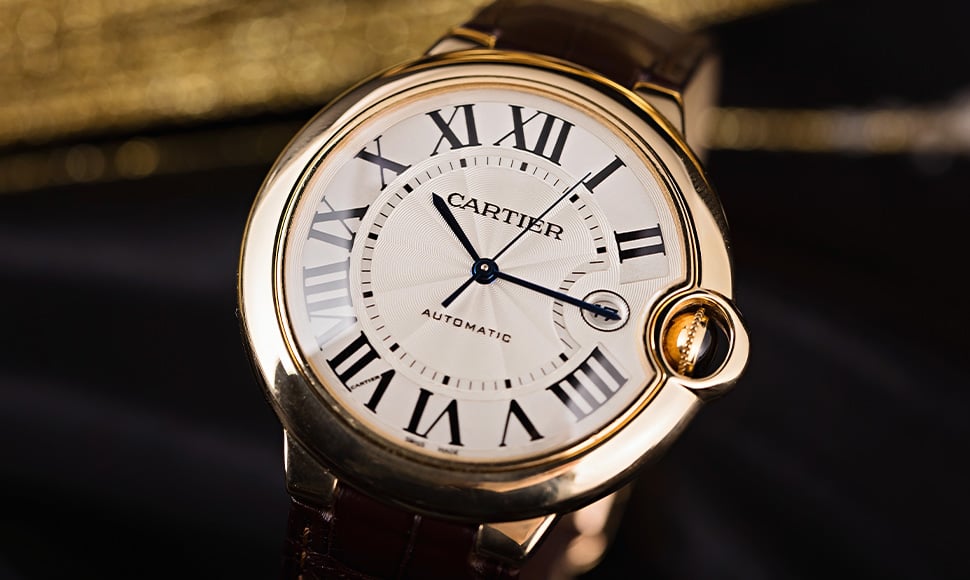
Cartier's journey in watchmaking began in 1847 when Louis-François Cartier took over his master's jewelry workshop in Paris. Initially focused on jewelry, Cartier's foray into watchmaking took off in the early 1900s. The brand's reputation for creativity and sophistication rapidly expanded, drawing in a clientele that included royalty and famous figures.
A key moment in Cartier watch history occurred in 1904 when Louis Cartier created the Santos wristwatch for his friend, Brazilian pilot Alberto Santos-Dumont. This timepiece was among the first specifically designed for men, revolutionizing the industry and cementing Cartier's position as a key player in horological innovation. The Cartier Santos not only marked a significant milestone in Cartier's watchmaking journey but also set the stage for the brand's future iconic designs.
Throughout the 1900s, the brand kept pushing the boundaries, launching legendary pieces like the Cartier Tank, the Cartier Panthère, and the Ballon Bleu de Cartier. These watches not only highlighted Cartier's skill in design but also showed the brand's dedication to accuracy and quality, making Cartier a leading force in the luxury watch industry.
The Locations of Cartier Watchmaking Facilities

Cartier's watchmaking facilities are strategically placed to make use of over a hundred years of Swiss watchmaking knowledge. These locations are vital in the making of Cartier's timepieces, with each one adding distinct skills and specialties to the watchmaking process. Let's explore the key facilities where Cartier watches come to life.
La Chaux-de-Fonds, Switzerland
Situated at the core of the Swiss Jura Mountains, La Chaux-de-Fonds is the main base for Cartier's watchmaking activities. This UNESCO World Heritage site boasts a deep-rooted history in the art of watchmaking, making it the perfect spot for Cartier's business operations. The town's legacy in watchmaking stretches back to the 17th century, offering a rich tapestry of knowledge and tradition that Cartier leverages in its creations.
At La Chaux-de-Fonds, Cartier's watchmaking journey begins. Here, expert craftsmen are involved in the process of movement assembly, case manufacturing, and final assembly of many Cartier watch models. The facility's state-of-the-art equipment and centuries-old techniques combine to create timepieces of outstanding quality and accuracy.
This perfect harmony of modernity and heritage guarantees that every watch that comes out of La Chaux-de-Fonds reflects Cartier's dedication to excellence and innovation. Its prime location in the heart of the Swiss watchmaking region enables Cartier to access a rich source of local talent and materials, further boosting the quality and genuineness of their watches.
Geneva, Switzerland
Geneva, a key location within Cartier's network of watchmaking, is home to a specialized facility focused on elaborate watchmaking details and final touches. This city, celebrated for its long-standing tradition in watchmaking, offers an ideal setting for Cartier's most elaborate designs. The Geneva facility merges traditional techniques in horology with modern technology. Here, expert watchmakers dedicate themselves to advancing the art of mechanical watchmaking, crafting timepieces that are both artistic and precise.
In Geneva, Cartier crafts some of its most renowned and intricate watches. The center excels in luxury horology, creating watches with tourbillons, perpetual calendars, and other advanced features. These complex timepieces demand great expertise and diligence to make, with some parts so minuscule they are hardly visible without magnification. The watchmakers in Geneva are among the most proficient globally, able to put together movements with numerous small components.
The Geneva seal, a symbol of outstanding craftsmanship, is affixed to numerous Cartier produced here, adding to their allure. This esteemed badge is awarded to watches that surpass the highest criteria for finishing and functionality, as established by the Canton of Geneva. To receive this badge, each part of the watch must be carefully finished and embellished, even parts that will never be seen by the wearer. This dedication to excellence showcases Cartier's unwavering commitment to quality.
Other Key Locations
While La Chaux-de-Fonds and Geneva are the primary hubs, Cartier's watchmaking network extends to other locations, each contributing to the brand's global production. These additional facilities play crucial roles in specific aspects of the watchmaking process, ensuring that every component meets Cartier's exacting standards. This distributed approach allows Cartier to leverage specialized expertise in various regions, contributing to the overall quality and craftsmanship of their timepieces.
In Fribourg, Switzerland, Cartier operates a dedicated facility focusing on dial production. The intricate work of creating Cartier's distinctive dials, often featuring guilloché patterns or precious stone inlays, takes place here. Fribourg's artisans are skilled in various techniques, from traditional engine-turning to modern laser engraving, allowing them to create dials of exceptional beauty and complexity. This facility is essential in giving Cartier watches their unique visual identity.
Glovelier, nestled in the Swiss Jura, is home to Cartier's case production facility. This location's expertise in metalworking ensures that each Cartier watch case meets the brand's exacting standards for both aesthetics and durability. The artisans here work with a variety of precious metals, including gold, platinum, and innovative alloys, shaping them into the iconic silhouettes that define Cartier's collections. The Glovelier facility's precision engineering contributes significantly to the overall quality and longevity of Cartier timepieces.
The Watchmaking Process at Cartier
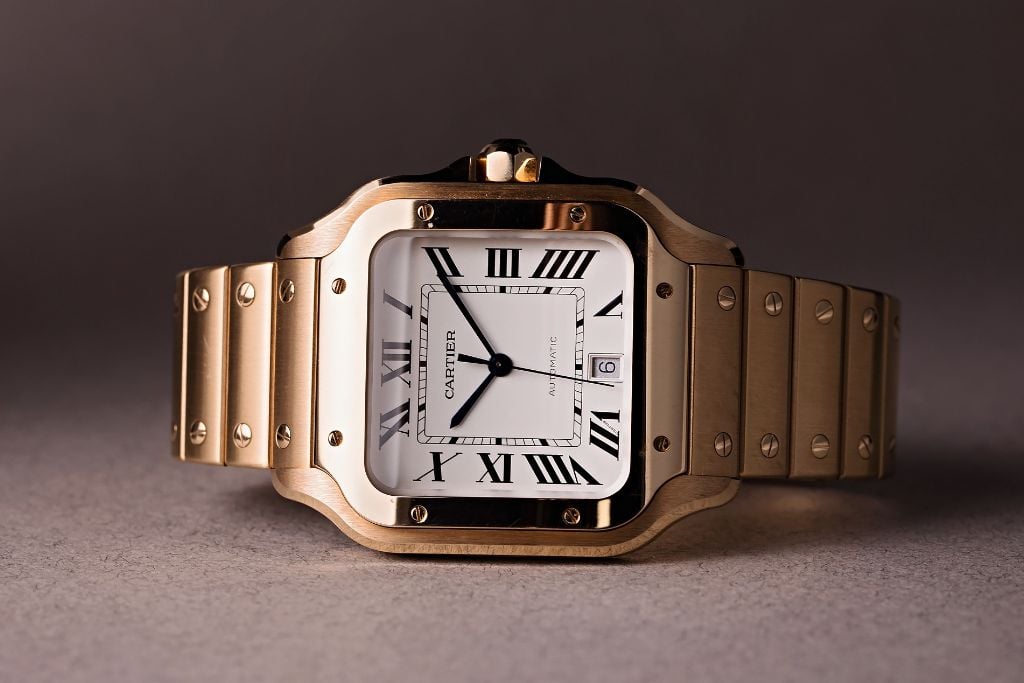
Cartier's approach to watchmaking is a perfect mix of old-school craftsmanship and modern technology, fusing age-old methods with the latest innovations. Every stage, from the initial concept to final quality control, is carried out with extreme care and precision. Let's explore the journey of a Cartier watch from its inception to its completion.
Design and Conceptualization
The creation of a Cartier watch begins with the creative minds at the brand. They draw inspiration from various sources like art, architecture, and the natural world, crafting timepieces that reflect Cartier's unique style. The design team thoroughly examines past Cartier designs, current trends, and elements that stand the test of time to develop watches that are both innovative and faithful to the brand's legacy. This early creative phase is essential in shaping the distinct identity of each Cartier watch.
The designers collaborate closely with expert horologists to bring their artistic visions to life within the realm of horological engineering. This partnership often results in groundbreaking solutions that advance the field of watchmaking. The process involves many discussions and adjustments, finding the right balance between design preferences and technical practicality. This collaboration between designers and horologists is crucial for Cartier's success in producing watches that are not just visually appealing but also mechanically superior.
The design phase is mainly conducted at Cartier's studios in Paris, where the brand's rich history and progressive mindset meet. Here, initial sketches develop into detailed technical plans and 3D models, laying the groundwork for the watch's production. Advanced computer-aided design tools are used in conjunction with traditional sketching methods, allowing designers to visualize and refine every detail of the watch. This combination of modern technology and traditional craftsmanship allows Cartier to stay at the cutting edge of watch design.
Manufacture and Assembly
After the design is complete, the production process kicks off. At Cartier's Swiss workshops, master craftsmen and advanced equipment work together to transform the concept into reality. This stage merges age-old techniques with modern technology, guaranteeing that every part adheres to Cartier's stringent criteria. The production is carefully orchestrated, with thorough inspections at every step to uphold the brand's legacy of quality.
In La Chaux-de-Fonds, the intricate parts of the watch's mechanism are carefully crafted and put together. Every small gear, spring, and bridge is made with extreme precision, ensuring the watch's dependability and accuracy. Expert watchmakers employ microscopes and specialized instruments to put these complex pieces together, some of which are so small they are barely visible to the naked eye. These movements are subjected to thorough testing for accuracy and toughness before they are cleared for the next phase of production.
The watch cases are made from precious metals and shaped to perfection in facilities like Glovelier. Dials are produced in Fribourg, often adorned with detailed designs that demand hours of meticulous work. In the end, all the parts come together for the assembly, where watchmakers skillfully combine over a hundred pieces to form a working timepiece. This last phase demands incredible patience and accuracy, as even the slightest error can impact the watch's functionality.
Quality Control
Maintaining high standards of excellence is crucial at Cartier, with thorough examinations conducted at every phase of manufacturing. Every timepiece is subjected to a series of strict evaluations to guarantee it adheres to Cartier's demanding criteria. This thorough method of ensuring quality starts with the individual parts and extends all the way to the completed watch. Dedicated groups of quality assurance specialists collaborate with watchmakers, employing both classic techniques and modern technology to confirm every element of the watch's functionality and appearance.
The movements are rigorously tested for their accuracy, often lasting several days and in various positions. This guarantees the watch remains accurate in a variety of situations a wearer might face. The resistance to water, shock, and durability are all checked using specific tools and methods. These evaluations replicate real-world conditions, subjecting the watches to forces, impacts, and environmental factors that are much more extreme than they would typically endure.
The last stage of quality control occurs in Switzerland, where each watch is scrutinized by skilled watchmakers. These experts carry out an in-depth review of every aspect, from the ease of the crown's movement to the proper alignment of the hands. A Cartier watch only receives its official seal of approval after successfully completing these stringent tests, making it ready to be worn by its future owner. This steadfast dedication to quality ensures that every Cartier watch upholds the brand's esteemed legacy.
Innovations and Technologies
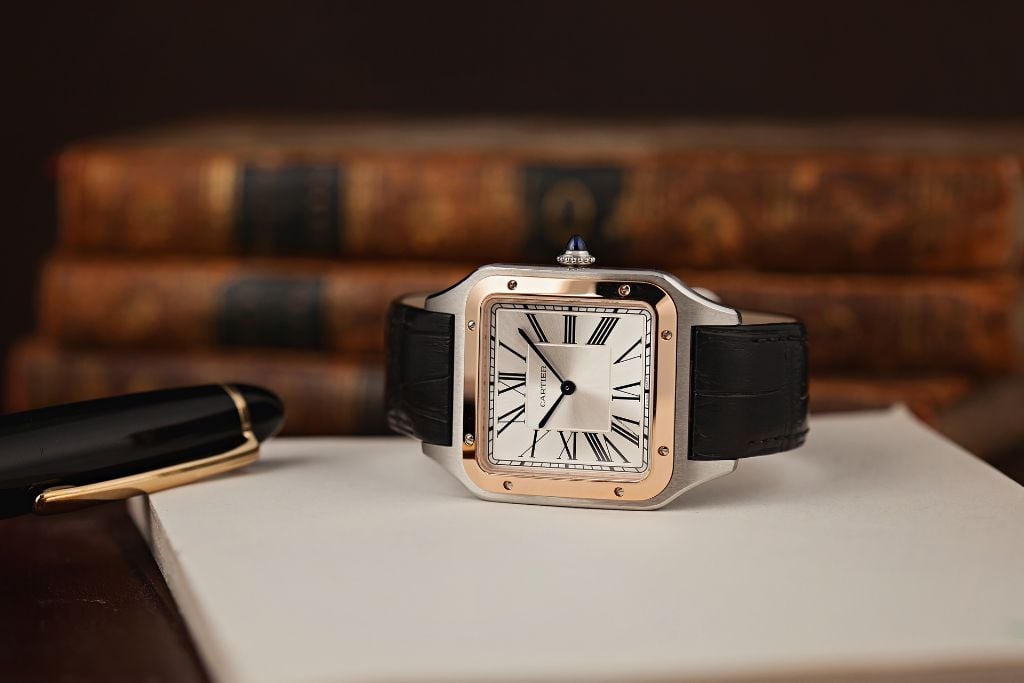
Throughout its long history, Cartier has consistently led the way in the field of watchmaking advancements. The brand's dedication to breaking new ground has led to the development of many revolutionary technologies and designs that have made a lasting impact on the industry.
A standout example is the "Mystery Clock," first unveiled in 1912. These watches have hands that seem to hover in mid-air, seemingly detached from any mechanism. This effect, created through the clever use of transparent discs, still mesmerizes watch lovers today.
In recent times, Cartier has adopted the latest materials and methods. The debut of carbon crystal in watches such as the ID Two concept watch highlights Cartier's quest for efficiency and accuracy. This material, when paired with vacuum-sealed casings, significantly lowers friction and enhances power longevity.
The Role of Artisans and Craftsmanship

At the core of Cartier's excellence in watchmaking lies its talented artisans. These expert craftsmen and women apply centuries of watchmaking heritage in the making of each timepiece, imbuing every watch with a quality that only human hands can achieve.
Cartier's watchmakers spend years of intense training before they are given the responsibility of crafting the brand's watches. This education encompasses not just the technical skills of watchmaking but also the artistic features that distinguish Cartier, including enameling, setting gemstones, and engraving.
The knowledge needed for Cartier watchmaking is broad and varied. From the precision required to put together tiny movement parts to the artistic vision needed for dial design, each artisan contributes a unique set of abilities to the craft. This mix of varied skills guarantees that every Cartier watch is a masterpiece.
Sustainability and Ethical Practices
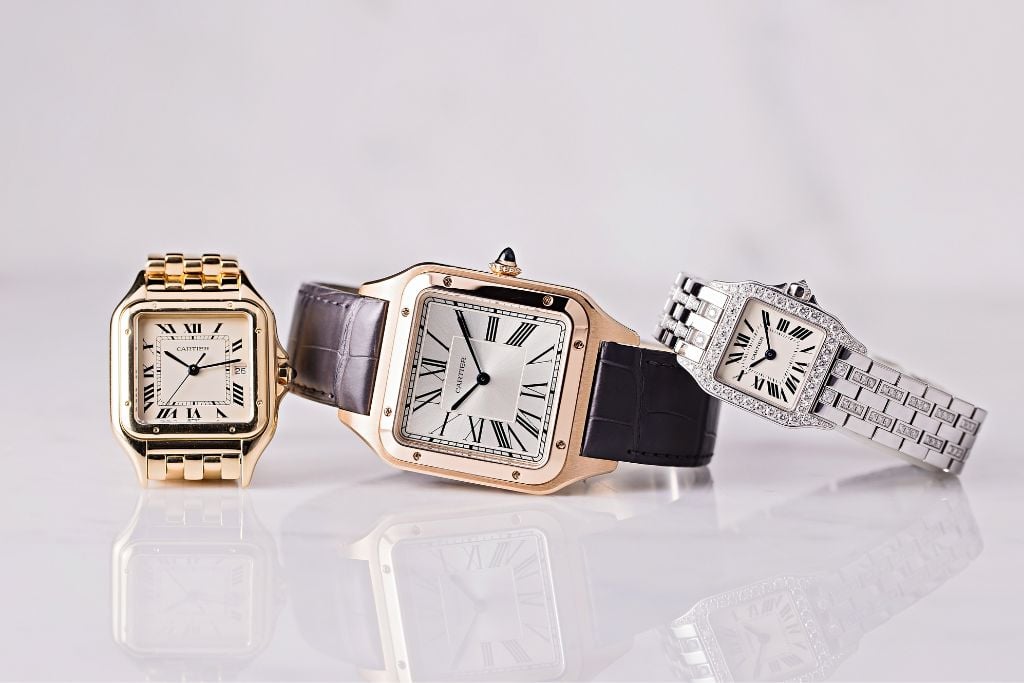
Lately, Cartier has been placing a growing emphasis on sustainability and ethical practices throughout its watchmaking process. The company acknowledges its duty to lessen its environmental footprint and ensure the ethical acquisition of materials. This dedication is evident in every facet of Cartier's operations, from the design and manufacturing stages to the packaging and distribution phases. By embedding sustainability into its fundamental business strategies, Cartier aims to establish a new benchmark for ethical luxury within the watchmaking sector.
Cartier has undertaken various measures to diminish its environmental impact. These measures include the use of recycled gold in watch cases and bracelets, refining production methods to minimize waste, and investing in facilities that are energy efficient. The brand has also made considerable progress in reducing its water usage and has implemented strict waste management policies. These actions not only lessen Cartier's ecological footprint but also lead to more efficient and economical operations.
The brand is dedicated to sourcing materials responsibly. Cartier collaborates closely with its suppliers to ensure that gemstones and precious metals are acquired ethically. This commitment spans the entire supply chain, from the extraction of raw materials to the delivery of the final product. Cartier has put in place thorough traceability systems and conducts regular audits of its suppliers to confirm adherence to ethical and environmental standards. This strategy helps avoid the use of conflict minerals and supports sustainable mining practices.
Cartier's commitment to sustainability also shapes its approach to watchmaking. The brand is exploring methods to create watches that are more durable, reducing the need for replacements and repairs. This not only benefits the environment but also increases the longevity and value of each Cartier watch. By focusing on quality and durability, Cartier promotes a more sustainable approach to luxury consumption, encouraging customers to view their purchases as long-term investments rather than disposable items.
Conclusion
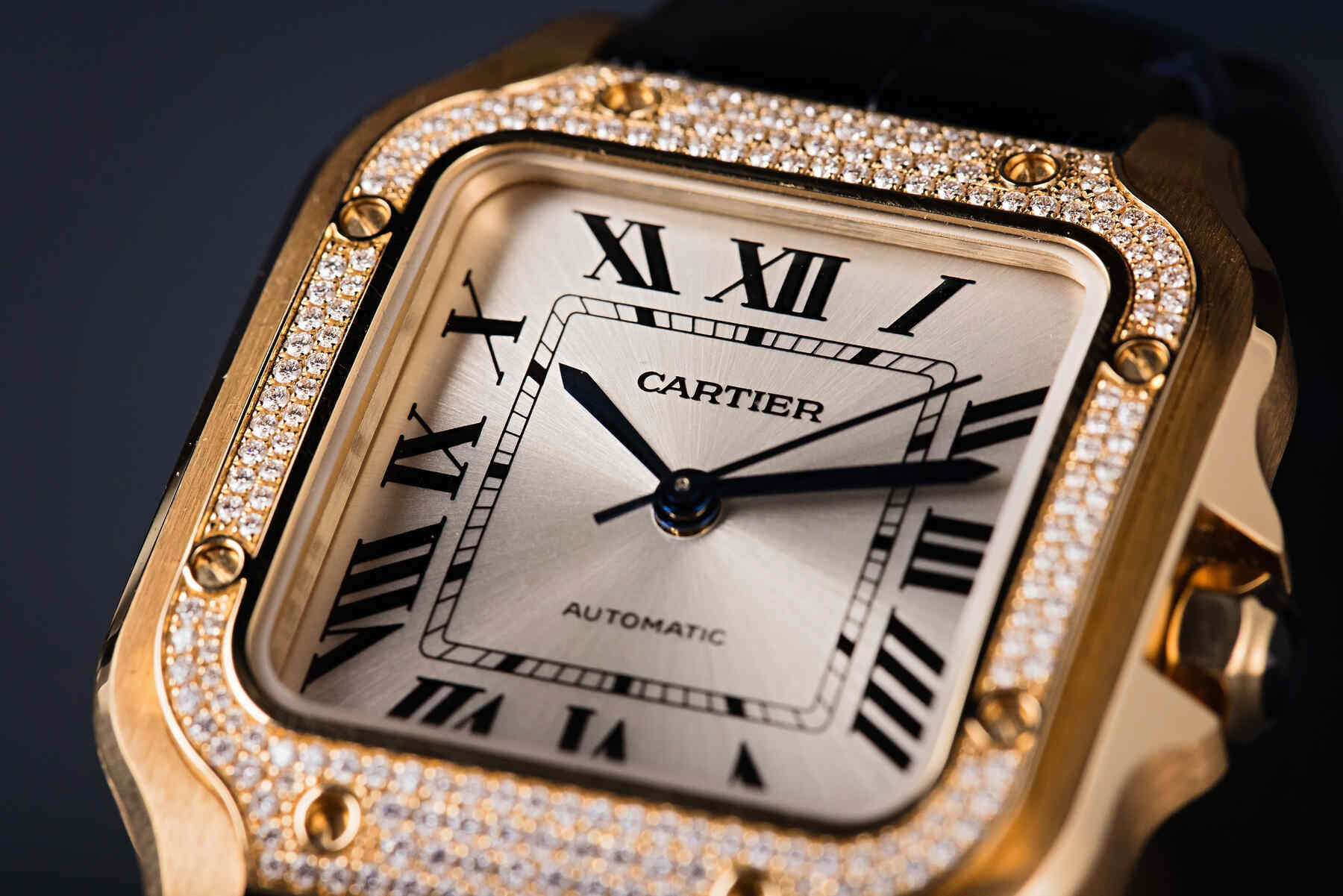
The history of Cartier watches stands as a testament to the brand's dedication to perfection. From the renowned watchmaking hubs of La Chaux-de-Fonds and Geneva to specialized workshops throughout Switzerland, each site is essential in the creation of these high-end timepieces.
The creation of Cartier watches involves a sophisticated coordination of design, production, and quality assurance. Each phase, from the initial idea to the last evaluation, is carried out with meticulousness and attention, guaranteeing that every watch adheres to the brand's stringent criteria.
Cartier's reputation in the watchmaking industry is established on a base of innovation, skill, and meticulousness. The brand's skill in merging age-old methods with modern technology keeps setting new standards for luxury watches.
For individuals looking to acquire a piece of this watchmaking legacy, Bob's Watches presents a wide selection of Cartier watches for sale. Our inventory features the brand's most celebrated models, each capturing the precision, sophistication, and craftsmanship that are synonymous with Cartier. Discover our array of pre-owned Cartier watches and witness the epitome of luxury watchmaking for yourself.
With over two decades of experience in the luxury watch industry, the Bob's Watches Editorial Team stands at the forefront of watch expertise and insight. Our team, composed of seasoned watch enthusiasts, skilled horologists, and knowledgeable industry insiders, is dedicated to bringing you the latest and most accurate information in the world of luxury timepieces. We pride ourselves on our meticulous attention to detail and our unwavering commitment to authenticity. Our editorial content is a reflection of our passion for luxury watches and our dedication to providing our readers with comprehensive, unbiased, and up-to-date information. Our expertise spans a wide range of topics, including in-depth reviews of the latest models, historical retrospectives of iconic timepieces, and insightful analyses of market trends. We are also renowned for our detailed guides on watch maintenance and investment advice, making us a trusted resource for both seasoned collectors and new enthusiasts alike. As thought leaders in the watch industry, we understand the importance of staying ahead of the curve. That's why we continually update our knowledge and skills, ensuring that our readers receive the most current and relevant information. Whether you're seeking advice on your next luxury watch purchase or looking to deepen your understanding of watch craftsmanship, the Bob's Watches Editorial Team is here to guide you.